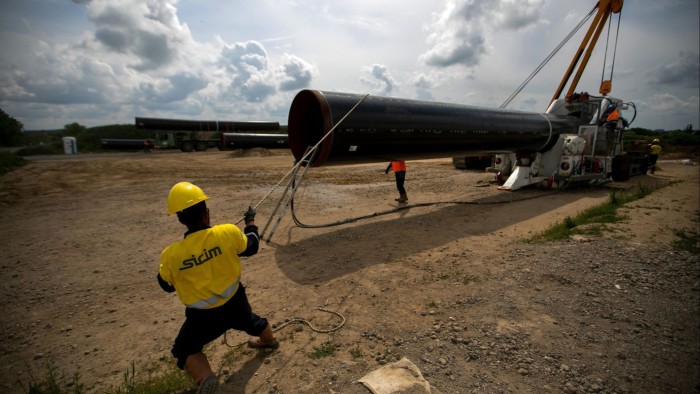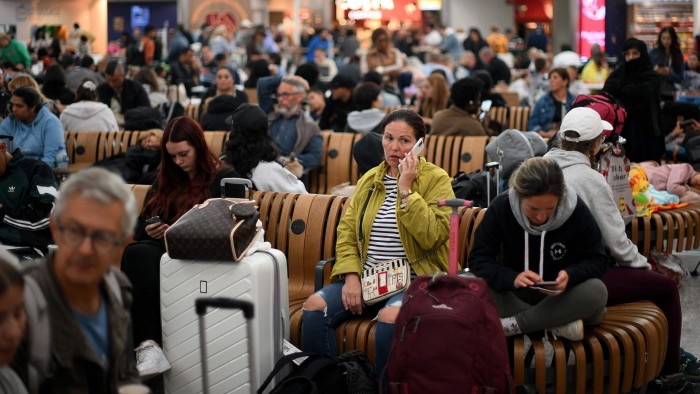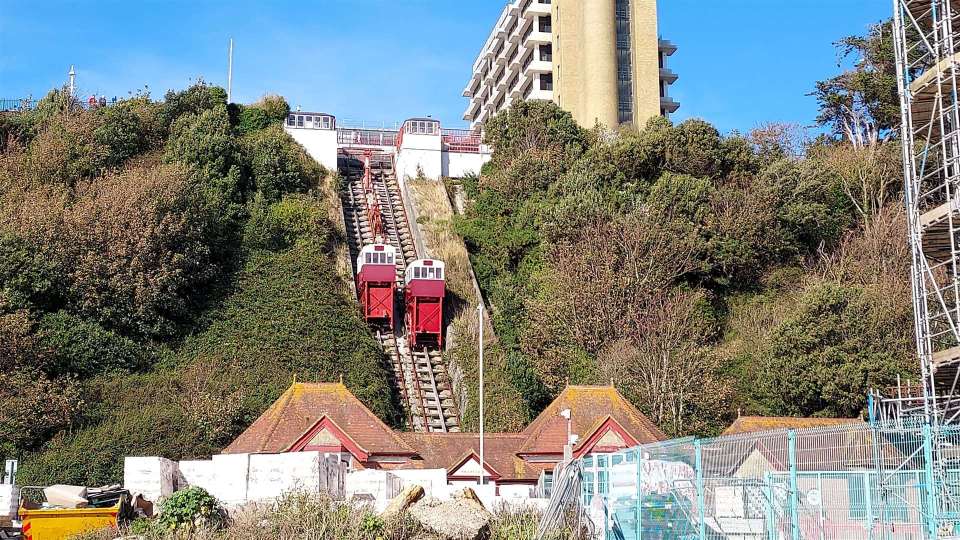Burberry Unveils £40M Cost-Cutting Drive Amid Plummeting Sales and Bold Strategy Shift
Luxury fashion house Burberry is embarking on a £40 million cost-cutting initiative and a sweeping strategy overhaul as it battles slumping sales and a battered share price. The historic brand, known for its iconic trench coats and plaid designs, faces mounting pressure after its share price tumbled more than 50% over the past year, compounded by declining sales in key markets, particularly China.
Burberry’s new CEO, Joshua Schulman, appointed in July, has promised a renewed focus on “productivity, simplification, and financial discipline” in an effort to stabilize the struggling brand. As part of this ambitious shift, Schulman announced that Burberry’s turnaround will include improvements to its digital platforms, enhanced in-store productivity, and revised pricing strategies. He emphasized a return to the brand’s heritage, aiming to refocus on signature items like outerwear and better cater to Burberry’s core customer base.
Financial Setbacks and Strategic Course Correction
The luxury retailer swung from a £223 million profit in the first half of last year to a £53 million loss in the same period this year. Revenues dropped by 20% year-on-year to £1.09 billion, leading Burberry to suspend its dividend to shareholders, a move that underscores the brand’s urgent need for financial recovery.
Schulman explained that the company’s recent underperformance was due in part to “inconsistent brand execution” and a “lack of focus on our core outerwear category and core customer segments.” He expressed a sense of urgency: “Today, we are acting with urgency to course-correct, stabilize the business, and position Burberry for a return to sustainable, profitable growth.”
China Sales Decline and Market Challenges
Burberry has been hit hard by a stagnant global luxury market, with its crucial Chinese market experiencing a significant downturn. Sales in mainland China fell 24% in the first half, and this decline worsened in the second quarter. The brand’s restructuring costs for the period, including redundancies, totaled £12 million.
These challenges come amid Burberry’s recent relegation from the FTSE 100 to the FTSE 250 after its share price hit a 14-year low earlier this year. A temporary lift in share prices occurred in recent weeks following speculation that Italian luxury brand Moncler, owner of Stone Island, was interested in a potential takeover. However, Thursday’s results report contained no mention of a buyout, and recent updates suggest a deal is unlikely.
Ambitious Foundations and Industry Reactions
Schulman’s turnaround strategy, dubbed the “Burberry Forward” initiative, has been received with cautious optimism by some investors. Richard Hunter, head of markets at Interactive Investor, commented, “The group’s recently chequered past looks set to continue for now, although the group has laid some ambitious foundations for a new ‘Burberry Forward’ strategy.”
Hunter acknowledged the severe impact on Burberry’s share price, which has plunged by 72% since April 2023, calling the recent small rebound a “small mercy” in a difficult financial landscape.
Kathleen Brooks, research director at investment firm XTB, noted that Burberry “still has a mountain to climb,” particularly with the continuing slump in China, a critical market for luxury brands.
Despite the strategy overhaul and Schulman’s pledges for reform, analysts remain cautious. Market consensus currently rates Burberry as a “sell” due to the lack of measurable progress on the company’s new direction.
Moving Forward: Burberry’s Path to Revival
Burberry’s immediate focus under Schulman is on refocusing its offerings around brand-defining products, like outerwear, while recalibrating its pricing to better fit its product categories. The company also aims to modernize its brand without losing sight of its heritage, recognizing that its emphasis on innovation has at times come “at the expense of celebrating our heritage.”
As Burberry works to recover its footing, it faces formidable challenges: a weakened presence in key markets, the effects of a depressed global luxury sector, and a shaken investor confidence. Whether the “Burberry Forward” strategy can restore the brand’s stature and profitability remains uncertain, but with Schulman at the helm, the luxury fashion giant appears ready to confront these hurdles with renewed focus and resolve.















































































































































































You must be logged in to post a comment Login